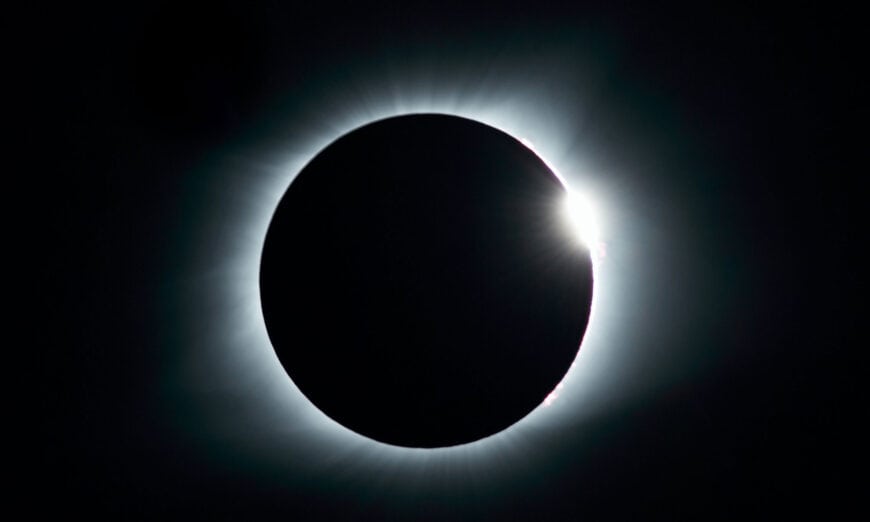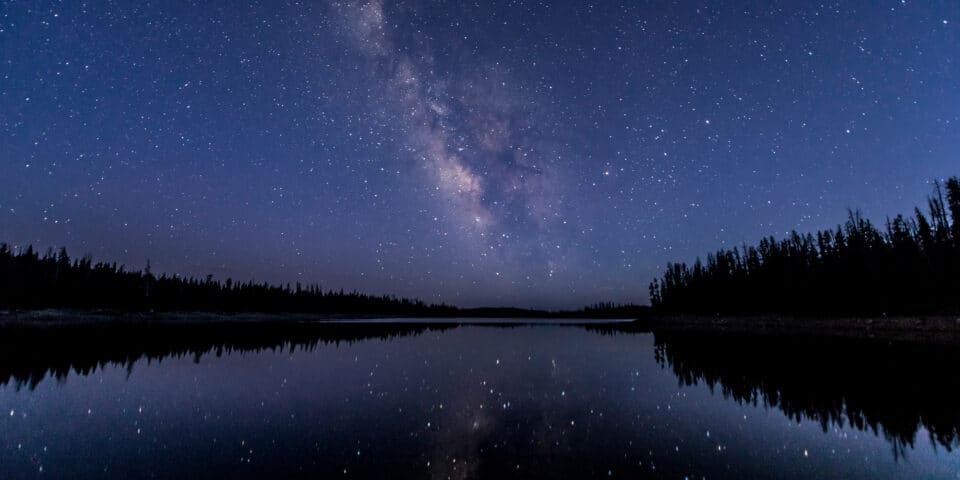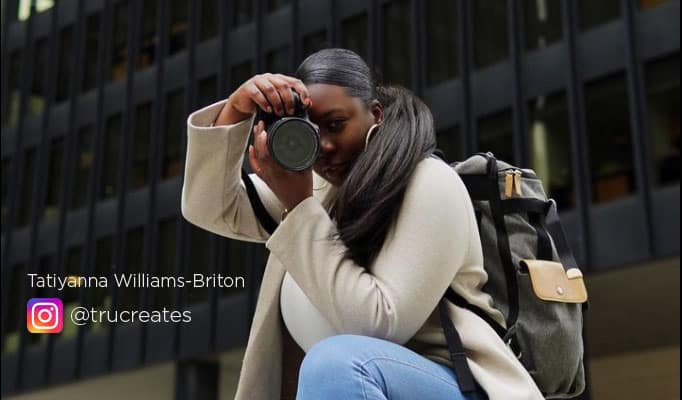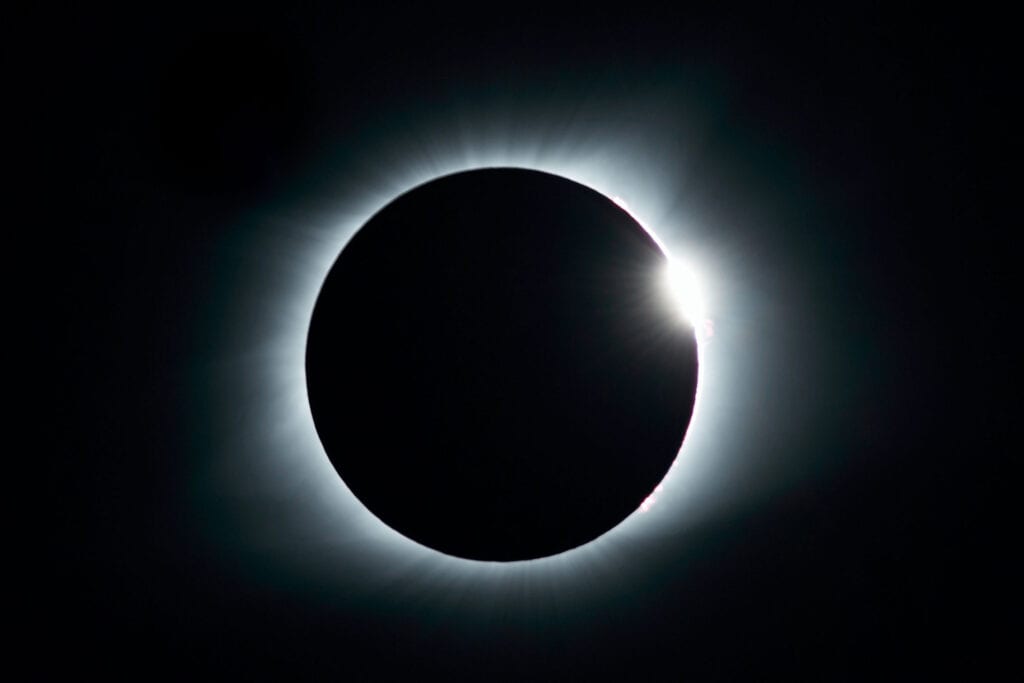
Celestial Wonder: Capturing the Solar Eclipse in North America
On Monday, April 8, 2024, photographers and sky-watchers across North America will have the extraordinary chance to witness and capture a full Solar Eclipse, a rare celestial event that hasn’t graced the skies of places like Quebec since 1972. This awe-inspiring spectacle will commence around 11:07 AM in New Mexico and arrive in Eastern Canada around 3:18 PM EST.
Photographing an eclipse requires careful preparation, the right equipment, and an understanding of safety protocols. Henry’s Cameras is here to guide you through choosing the best gear for capturing this spectacular event, from top-of-the-line options to more affordable choices. We’ll also outline key safety steps to ensure a successful and safe eclipse photography experience.
The 2024 Full Solar Eclipse presents a unique opportunity for photographers to capture its stunning beauty. For those on the West Coast, journeying eastward is essential to experience this rare phenomenon firsthand. The eclipse will make its grand finale around 5:12 PM in Newfoundland, offering a broad canvas for photographers to capture this majestic event. To aid in your planning, refer to the helpful graphic below and click on the following link:
https://www.asc-csa.gc.ca/eng/astronomy/eclipses/total-solar-eclipse.asp
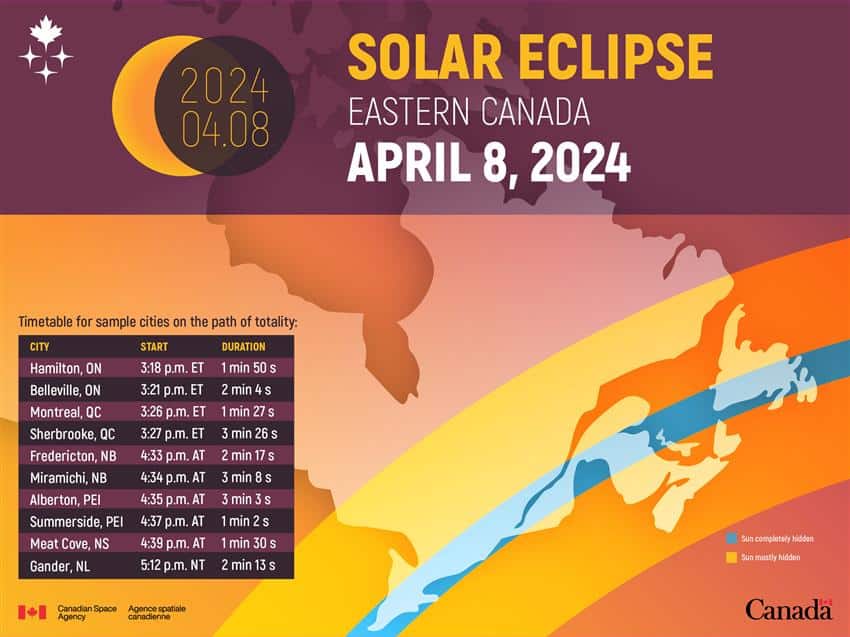
Camera Gear for the Solar Eclipse
The Best Option: High-End DSLR or Mirrorless Cameras
For the ultimate eclipse photography experience, a high-end DSLR or mirrorless camera is unmatched. These cameras offer superior image sensors, high dynamic range, and the ability to shoot in RAW format for maximum post-processing flexibility. Pair your camera with a telephoto lens (200mm or more) to get a close-up view of the eclipse.
- Recommended Camera: Canon R5, Nikon D850, Sony A7R IV
- Recommended Lens: Canon RF 200-800mm f/6.3-9.0 IS USM, Nikon 200-500mm f/5.6E, Sony FE 200-600mm f/5.6-6.3 G OSS or SIGMA 150-600 (available for each majour camera brand body).
- Teleconverter to add up to 2x zoom
A Good Job: Mid-Range DSLR or Mirrorless Cameras
Mid-range DSLRs and mirrorless cameras strike a balance between cost and performance. They offer good image quality and manual controls, which are essential for shooting an eclipse.
- Recommended Camera: Canon EOS 90D, Canon EOS R7, Sony A7 III, Nikon D7500, Fujifilm X-S20
- Recommended Lens: Canon EF 100-400mm f/4.5-5.6L IS II USM, Nikkor Z 100-400 F4.5-5.6 VR S Lens, Sony FE 100-400mm f/4.5-5.6 GM OSS Lens, Fujifilm Fujinon XF55-200mm f/3.5-4.8 OIS, or a SIGMA 100-400 Lens (available to fit all majour camera body’s)
- Teleconverter to add up to 2x zoom
Affordable Option: Entry-Level DSLR/Mirrorless or Bridge Cameras
Entry-level DSLRs and mirrorless cameras, or advanced bridge cameras with a decent zoom, can also capture the eclipse effectively. While they may lack some features of higher-end models, they can still produce great results.
- Recommended Camera: Canon EOS Rebel T7, Nikon Z30 Mirrorless Camera, Sony Alpha Zv-E10, or Panasonic DCMFZ300
- Recommended Lens: Tamron 70-300mm, SIGMA 100-400 Lens (available for most majour camera brands) or Sony E 70-350mm
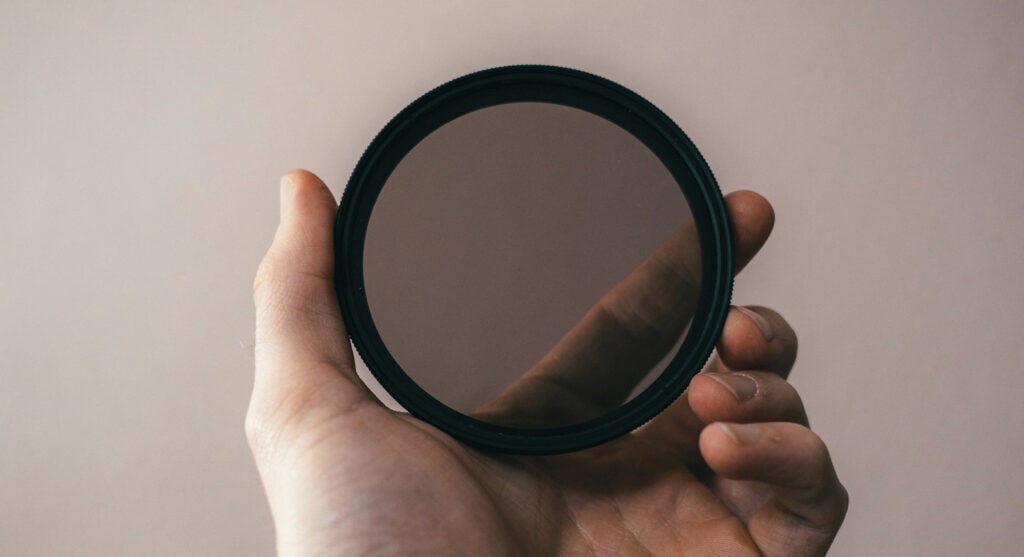
Essential Accessories
- Tripod: Essential for stability during long exposures.
- Solar Lens Filter: Mandatory to protect your camera’s sensor and your eyes.
- Remote Shutter Release: To avoid camera shake when capturing the eclipse
Canon, Sony, Fujifilm, Nikon
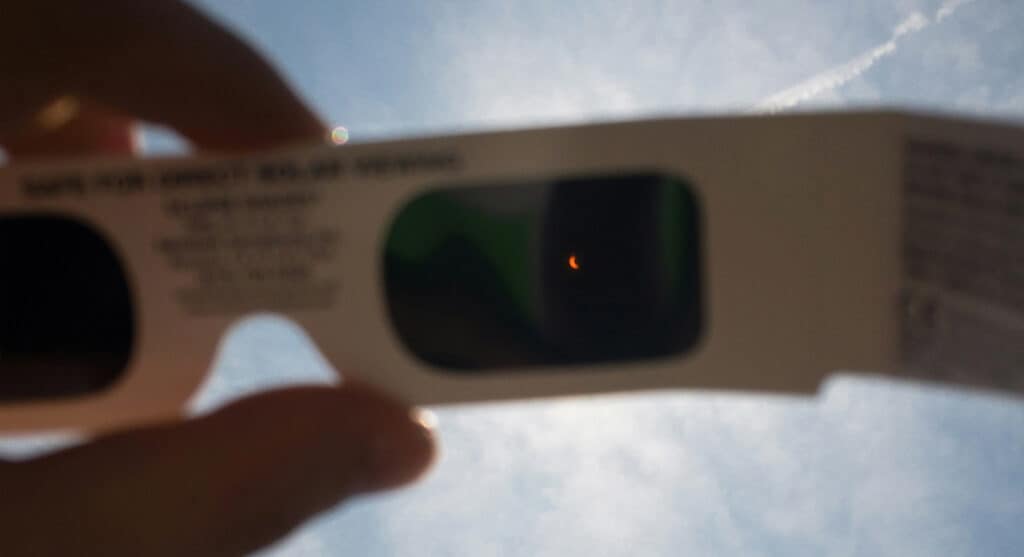
Safety Steps for Eclipse Photography
- Never Look Directly at the Sun: Use proper solar eclipse glasses when setting up your shot.
- Use a Solar Lens Filter: Attach a certified solar filter to your camera lens to protect both your eyes and the camera’s sensor. Remove the filter only during totality if it’s a total solar eclipse.
- Check Your Equipment: Ensure all equipment is in good working condition before the event.
- Plan Your Shots: Know the eclipse phases and plan your shots ahead of time.
- Practice: Test your gear and settings before the eclipse day to familiarize yourself with the process.
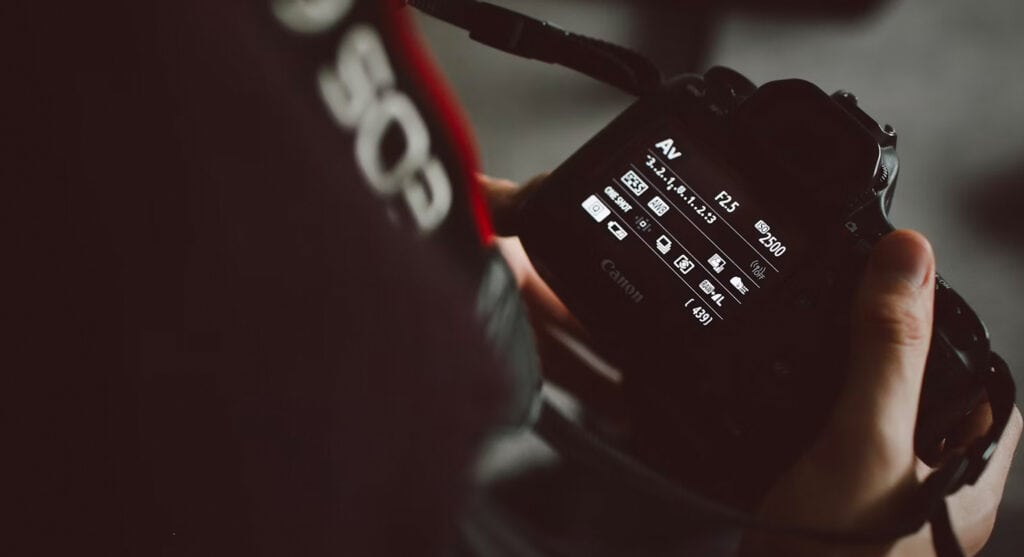
Camera Setup and Settings for Shooting a Solar Eclipse
Capturing a solar eclipse requires precise camera setup and specific settings to ensure both the safety of your equipment and the quality of your images. Here’s how to prepare your camera for this astronomical event:
Camera Setup
- Attach the Solar Filter: Before pointing your camera at the sun, attach a certified solar filter to your lens. This protects the camera sensor from intense sunlight. Do not remove it until the moment of totality, if applicable.
- Mount on a Tripod: A sturdy tripod is essential to eliminate camera shake, especially for the long focal lengths needed for eclipse photography.
- Use a Remote Shutter Release: This minimizes vibrations when taking photos.
- Frame Your Shot: Use your camera’s live view mode, not the viewfinder, to frame your shot while the solar filter is on. This is to protect your eyes from direct sunlight exposure.
Camera Settings
- Manual Mode: Use manual mode for complete control over exposure settings.
- ISO Setting: Start with a low ISO, around 100 or 200, to reduce noise.
- Aperture: A mid-range aperture, like f/8 or f/11, often yields sharp results.
- Shutter Speed: Begin with 1/1000 second and adjust based on the brightness of the sun. You may need to use a slower shutter speed as the eclipse progresses.
- White Balance: Set the white balance to ‘Daylight’ to maintain consistency.
- Focus: Switch to manual focus and adjust it carefully. The infinity setting might not always be accurate, especially on zoom lenses.
- RAW Format: Shoot in RAW format for greater post-processing flexibility.
Practice Before the Event
Conduct a few practice sessions with your camera setup to become comfortable with the settings and the process. Try photographing the sun on a normal day (with the solar filter) to understand how your camera behaves under such intense lighting conditions.
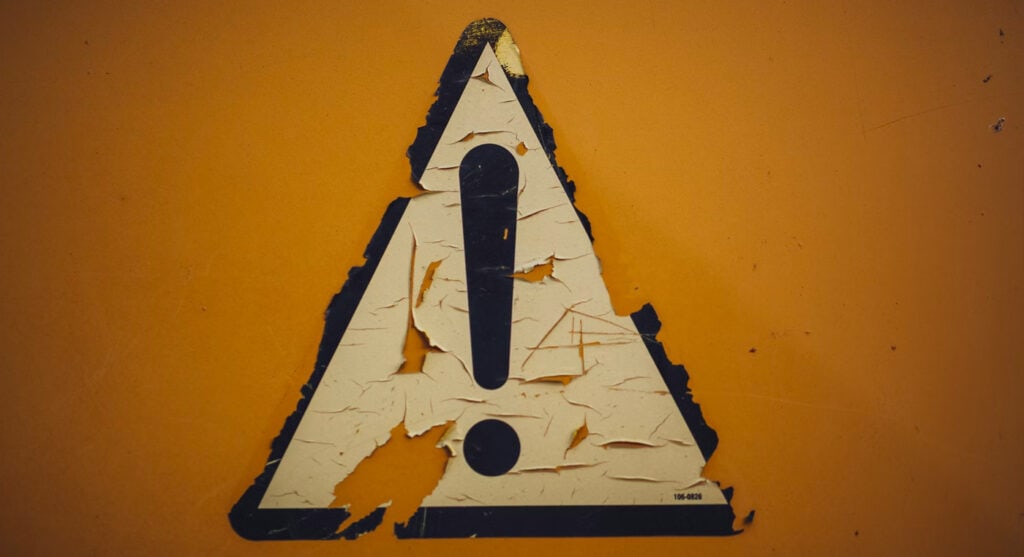
The Risks of Photographing a Solar Eclipse
Photographing a solar eclipse presents significant risks to both the photographer and the camera equipment. For the photographer, the greatest danger is eye damage. Looking directly at the sun without proper protection, even through a camera viewfinder, can lead to permanent eye injury or blindness.
For the camera, pointing it at the sun without a solar filter can cause irreversible damage to the sensor due to the intense solar radiation. Additionally, there’s a risk of overheating, which can affect both the camera’s internal components and the lens.
It’s crucial to always use a certified solar filter on your camera lens and wear solar eclipse glasses when looking at the sun. Remember, no photograph is worth compromising your safety or damaging your equipment. By taking the necessary precautions, you can enjoy the experience of capturing a solar eclipse while keeping both yourself and your gear safe.
